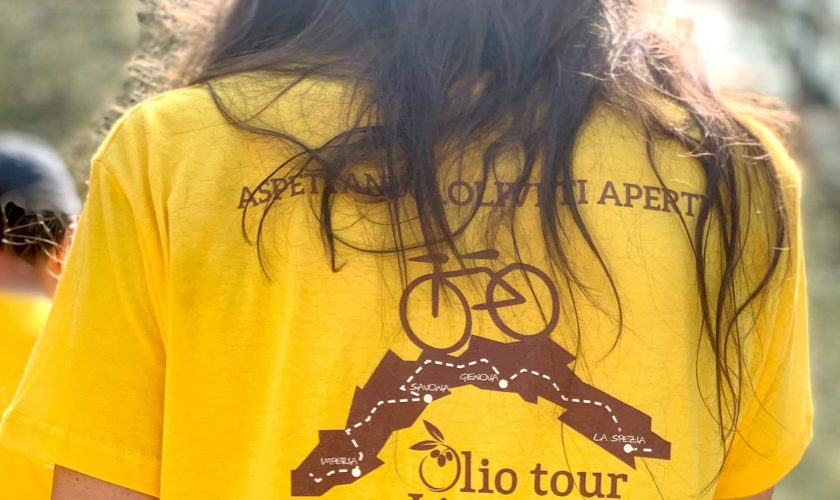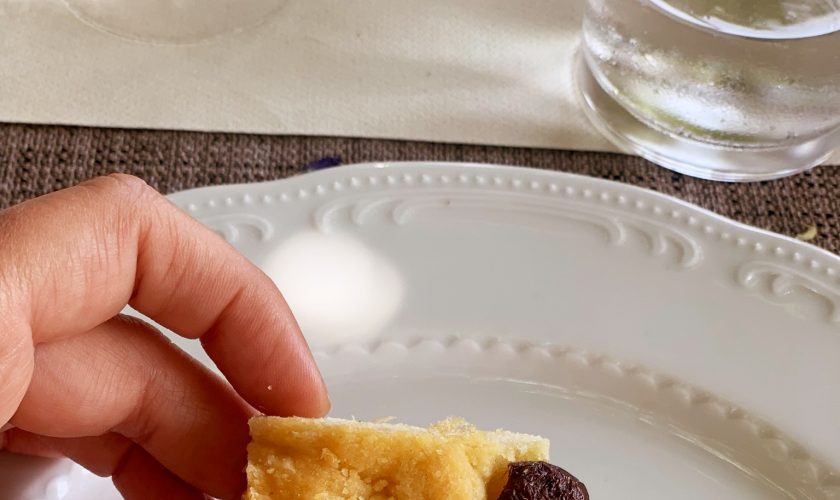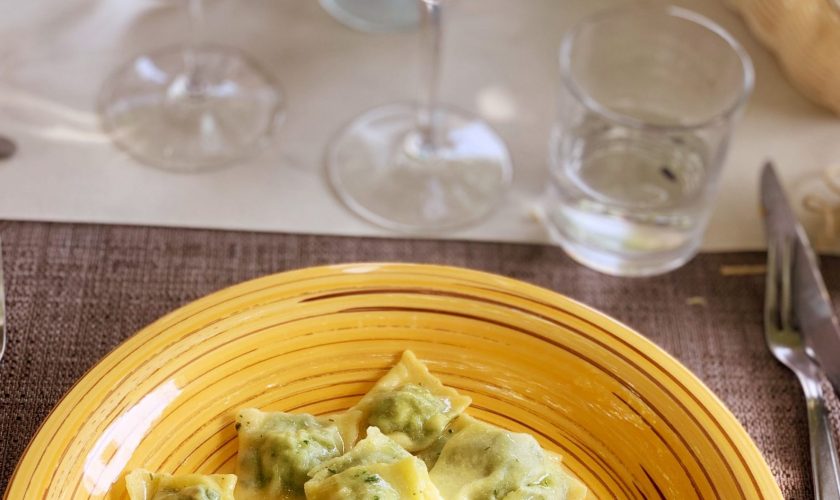The “Foodie” inside scoop on the Italian Riviera!
The Italian DOP Tourism system is a great way to experience the best that Italy has to offer, why?
1) You can enjoy one of the most delicate and fruity olive oils made in Italy!
2) It’s about discovering history and culture
3) There are many activities for all ages as yoga in the olive trees, biking, or hiking – yes a day at the beach is an option, too!
4) You will be part of excellent Italian DOP Tourism, meet local producers and learn about the heritage of unique premium quality products.
Liguria is a region of northwest Italy along the Ligurian Sea, in the narrow strip between France and the Mediterranean Sea. It comprises four provinces (Genoa, Imperia; La Spezia and Savona).
What exactly is DOP Tourism?
DOP stands for Protected Designation of Origin (PDO), which ensures that your favourite cheese, wine, or olive oil has been produced in a specific area and follows traditions. There are no other rules—just tradition and long-standing know-how!
Our press trip “Oliveti Aperti 2022 18. /19.6.2022” organised by the Consorzio di Tutela dell’Olio Riviera Ligure DOP, Fondazione Qualivita and with the support of the Region of Liguria put in focus important topics including a press conference taking place June 18 in Lucinasco/Imperia where all present representatives from important Italian consortiums discussed the future of DOP Tourism in Italy.
The participants of the press conference were: Present were Minister of Tourism Massimo Garavaglia, Vice-President and Councillor for Agriculture of the Liguria Region Alessandro Piana, and Councillor for Tourism of the Liguria Region Giovanni Berrino. Speakers included Cesare Mazzetti (Fondazione Qualivita), Andrea Mancuso Morini (Consorzio Aceto Balsamico di Modena IGP), Carlo Santarelli (Consorzio di Tutela Pecorino Toscano DOP), Carlo Siffredi, President of the Consorzio di Tutela dell’Olio Riviera Ligure DOP, Fiorenzo Rigoni (Consorzio di Tutela Asiago DOP), Igino Morini (Consorzio di Tutela Parmigiano Reggiano DOP).
Some facts and numbers: In Italy, the tourism sector generates 210 billion in added value or 6 per cent of the national total (source: Istat). The role played by the food-travel pair is increasingly strong: in 2016 in Italy one out of every five tourists (21%) chose a destination having a food and wine experience as a driver, in 2021 this happened for more than one out of every two tourists (55%). Visit the website of La Mia Liguria for some more facts on the region!
Another main attraction of our press trip was the visit to different olive oil production facilities and groves and of course olive oil tastings, lunches & dinners and valuable direct dialogues and interactions with passionate producers and same-minded foodie journalists.
How to experience the DOP Tourism
Several festivals take place in whole Italy to promote many different specialties as the Oliveti Aperti we attended in Imperia. To name some other gastronomic events: mark in your agenda: “Caseifici Aperti” from the Parmigiano Reggiano DOP and Pecorino Toscano DOP Consortium, “Made in Malga” from the Asiago DOP Consortium and the “Acetaie Aperte” from the Balsamic Vinegar of Modena IGP Consortium.
Oenotourism and oleotourism will be significant pillars to continue developing the future Italian Tourism.
My favourite moment of the trip was a yoga class in the middle of the olive groves. It offered the ideal surrounding to spend time to connect and go inwards for a peaceful moment.
The olive trees and olive groves are not just beautiful. They are a symbol of peace, wisdom and harmony that connects us all.
The protagonist of our press trip: the Taggiasca olive!
How to recognize Taggiasca olives? They are small, elongated, have thin skin and have countless shades of colour. Their unique appearance and distinctive flavour make them particularly popular.
The region of Liguria produces most of its olive oil from Taggiasca olives. Due to the perfect combination of soil, water, and climate, the Taggiasca olive can fully develop its character here. It is one of the most famous and popular olive varieties in the world. The oil is produced mainly around Imperia in mono cultivation.
The landscape in the hinterland of Imperia is characterized by terraces bordered by dry stone walls, where Taggiasca olives are grown between narrow paths. Between the end of the 7th and the beginning of the 8th century, the Benedictine friars built the first terraces on the hills and settled in the valley of Argentina in Taggia, from which the olive takes its name.
During our site visits, we learnt about the unique technique to build the stone walls “maixei“ which belong to the UNESCO heritage.
The plant, particularly large and robust, can reach fifteen meters in height and produce fruits for more than 600 years.
Dishes to prepare with Taggiasca olives
Taggiasca olives are particularly versatile and go perfectly with countless dishes. The taste is slightly acidic and rather sweet, with an almond-like aftertaste, the scent is fruity and the result is therefore a light oil on the palate. You can use them to prepare traditional dishes, such as the rabbit Ligurian style, but also for a summer fresh and delicious pasta salad. A typical recipe of the Imperia area is the stockfish brandacujon. I also loved them with an aperitivo just plain or in classic fresh-baked focaccia.
The absolute highlight for my palate were the amaretti with Taggiasca olives and the candied Taggiasca olives. They are produced from the Frantoio di Sant`Agata d`Oneglia. Stop at their shop and buy some delicious hand-made products. Get more here.
A fact I learnt from one of our tour guides at the olive oil groves in Arnasco: 1 litre of olive oil back in time paid the whole day of a worker!
Thank you to the entire team, the ENIT (Italian National Tourist Board) and all the visited producers for inviting me on this press trip and sharing my passion for premium quality products.
Are you ready to read more Italy food travel stories? Then check this section on my blog!













